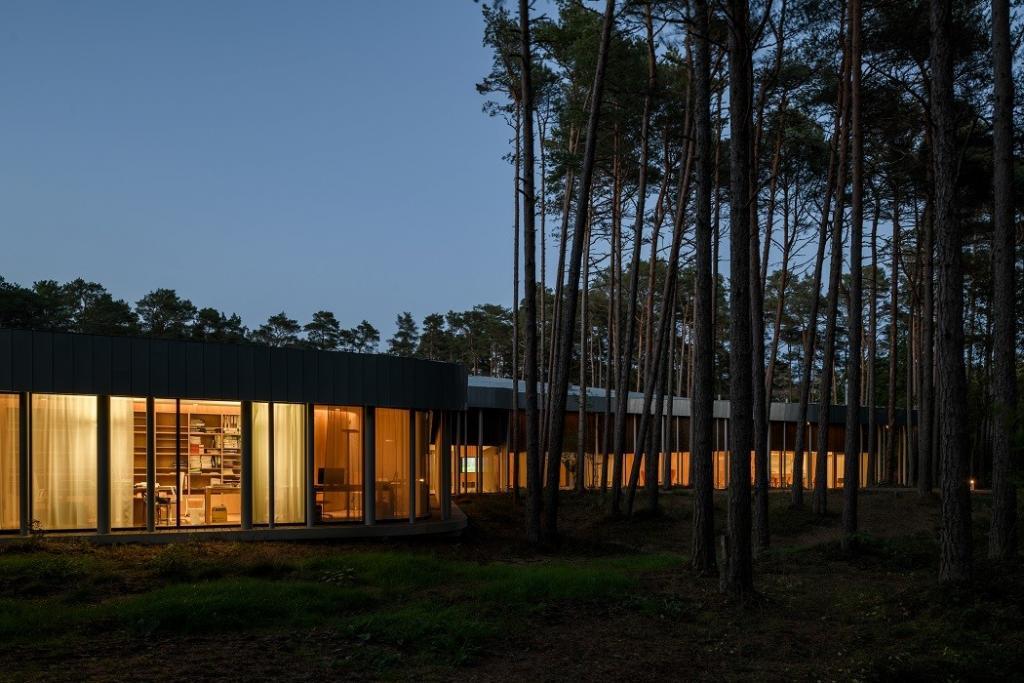A new, Spanish-designed centre, introducing Estonian composer Arvo Pärt’s creative heritage to both domestic and international visitors, opens its doors on 17 October.
Designed by Fuensanta Nieto and Enrique Sobejano from the Spanish architecture firm, NietoSobejano Arquitectos, S.L.P, the Arvo Pärt Centre was built in a picturesque area of Laulasmaa, about 40 kilometres (25 miles) from the Estonian capital, Tallinn.
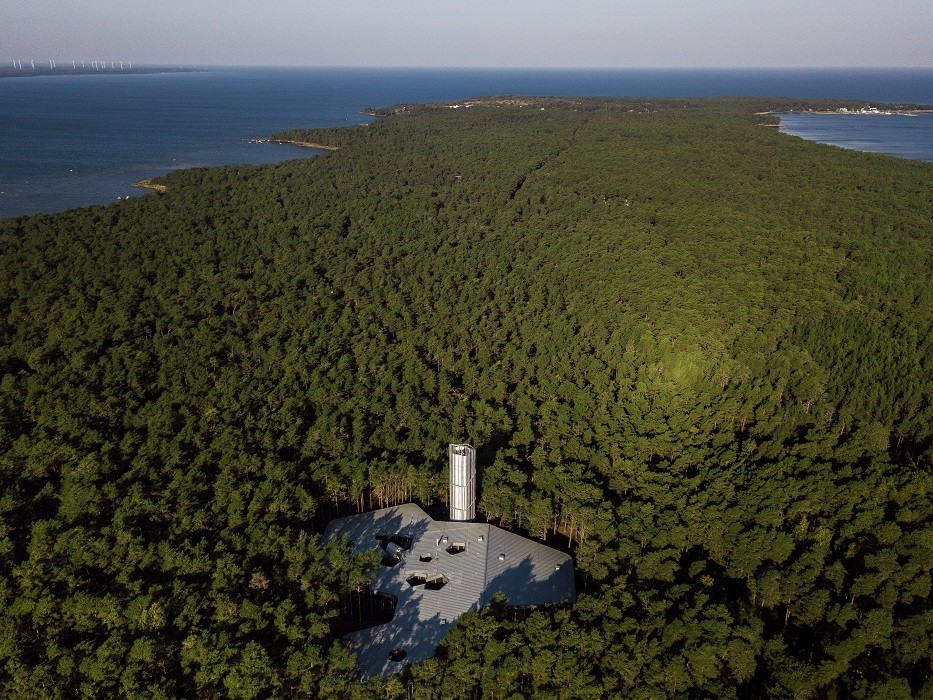
The centre comprises Pärt’s personal archive, which stores information related to the composer’s work, as well as documents both in physical and digital format. The most valuable material stored in the archive are Arvo Pärt’s manuscripts: musical sketches, scores and musical diaries.
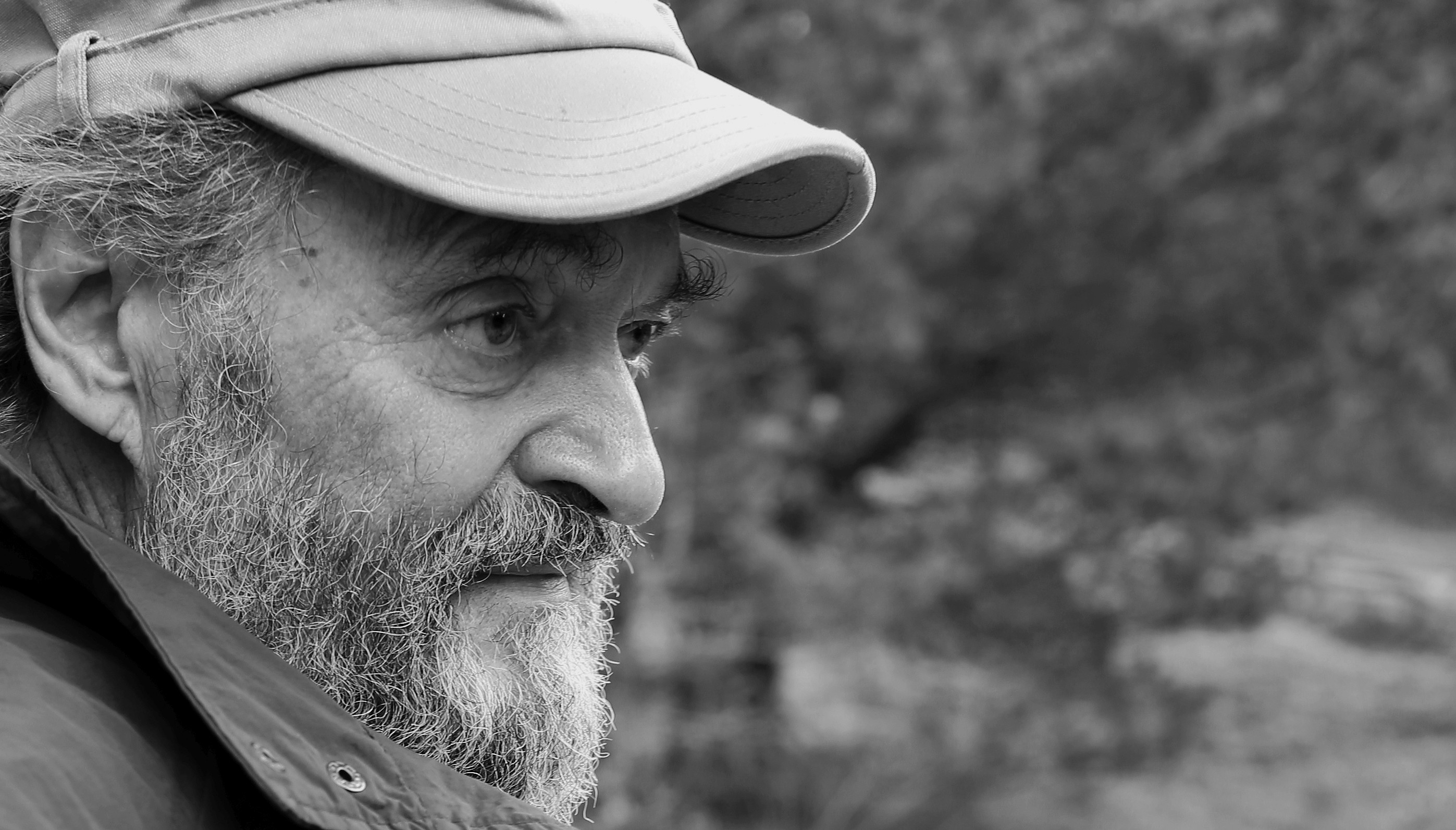
Focusing on creativity
In addition to the modern archive, the new building includes a 150-seat chamber hall, a library, an exhibition area, a video hall and a classroom. It is meant to be a creative meeting place.
“The new building will enable us to conduct various activities related to Arvo Pärt’s work, as a comprehensive personal archive and a research and study environment, mainly focusing on creation and creativity,” Anu Kivilo, the managing director of the centre, said.
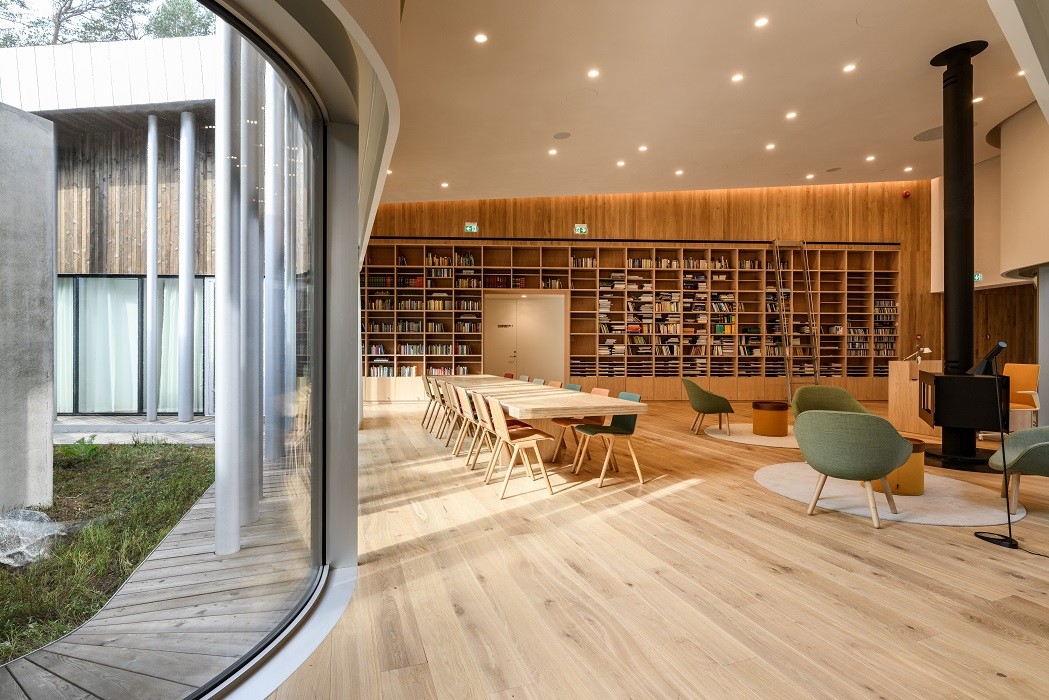
“It will be possible to organise educational programmes and workshops, high-level concerts, and to help people learn to listen to music. We are hoping the centre will become a place for holding creative meetings and obtaining new knowledge, open for everyone with an interest in music,” Kivilo added.
Design inspired by the silence and beauty of Pärt’s music
Utilising glass, timber and concrete, the building has modern renewable energy systems and it fits the architects’ work into the local pine forest in the best way possible.
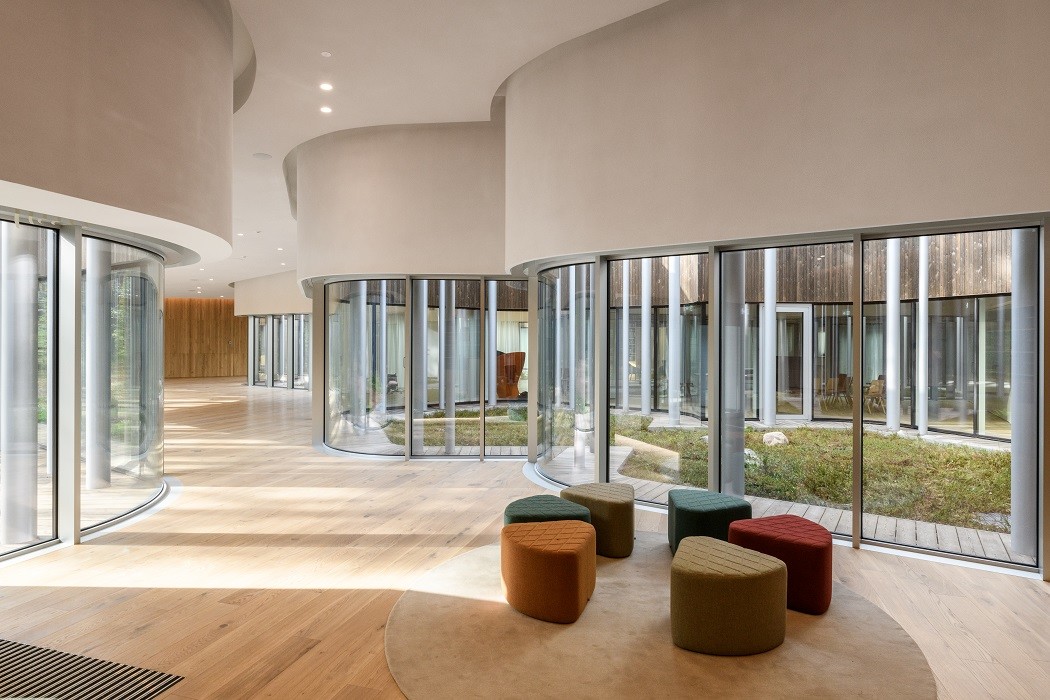
According to the architects, their design was inspired by the silence, beauty and the geometry of Arvo Pärt’s music. The building blends into the surrounding forest landscape, creating a balance between a modern architectural form and the natural environment.
“In the building of the Arvo Pärt Centre, architecture steps into a dialogue with music and nature. Its architecture is inspired by the patterned series of pentagonal courtyards,” Enrique Sobejano, one of the architects, said in a statement.
“The building is searching for a balance between the intimacy of Arvo Pärt’s works and the serene beauty of the forest landscape. Geometry, text, musical score, rhythm and silence will suddenly become metaphors for the connections that link sound, time and space.”
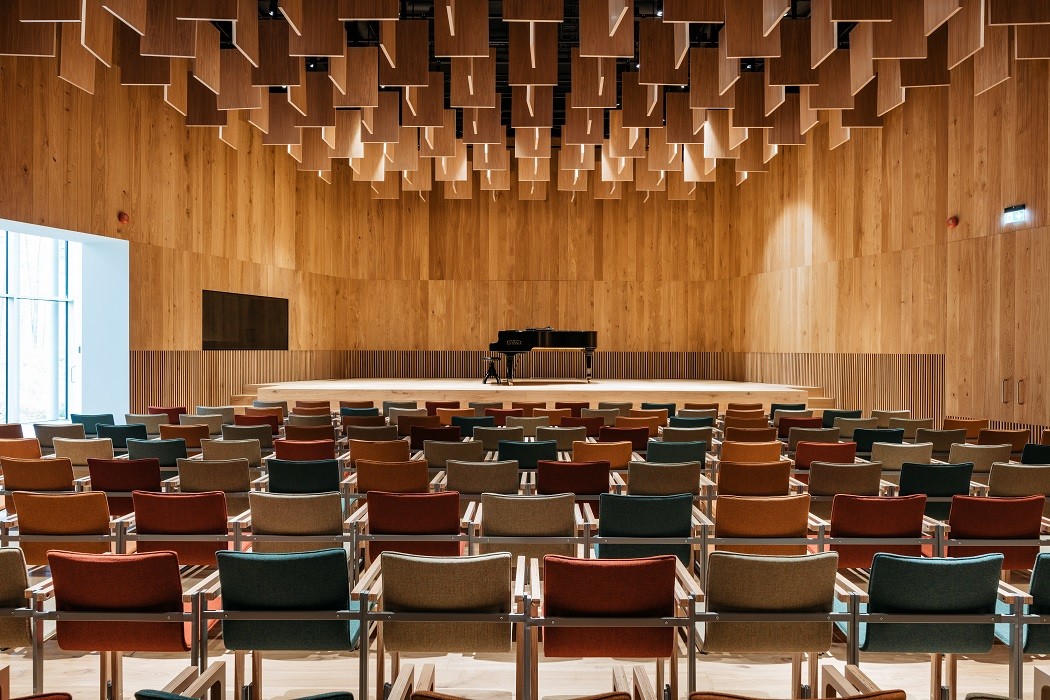
The centre cost €8.5 million to build and the bill was footed by the Estonian government.
Arvo Pärt, born in 1935 in Paide, Estonia, has been the world’s most performed living composer for the past seven years in a row.

